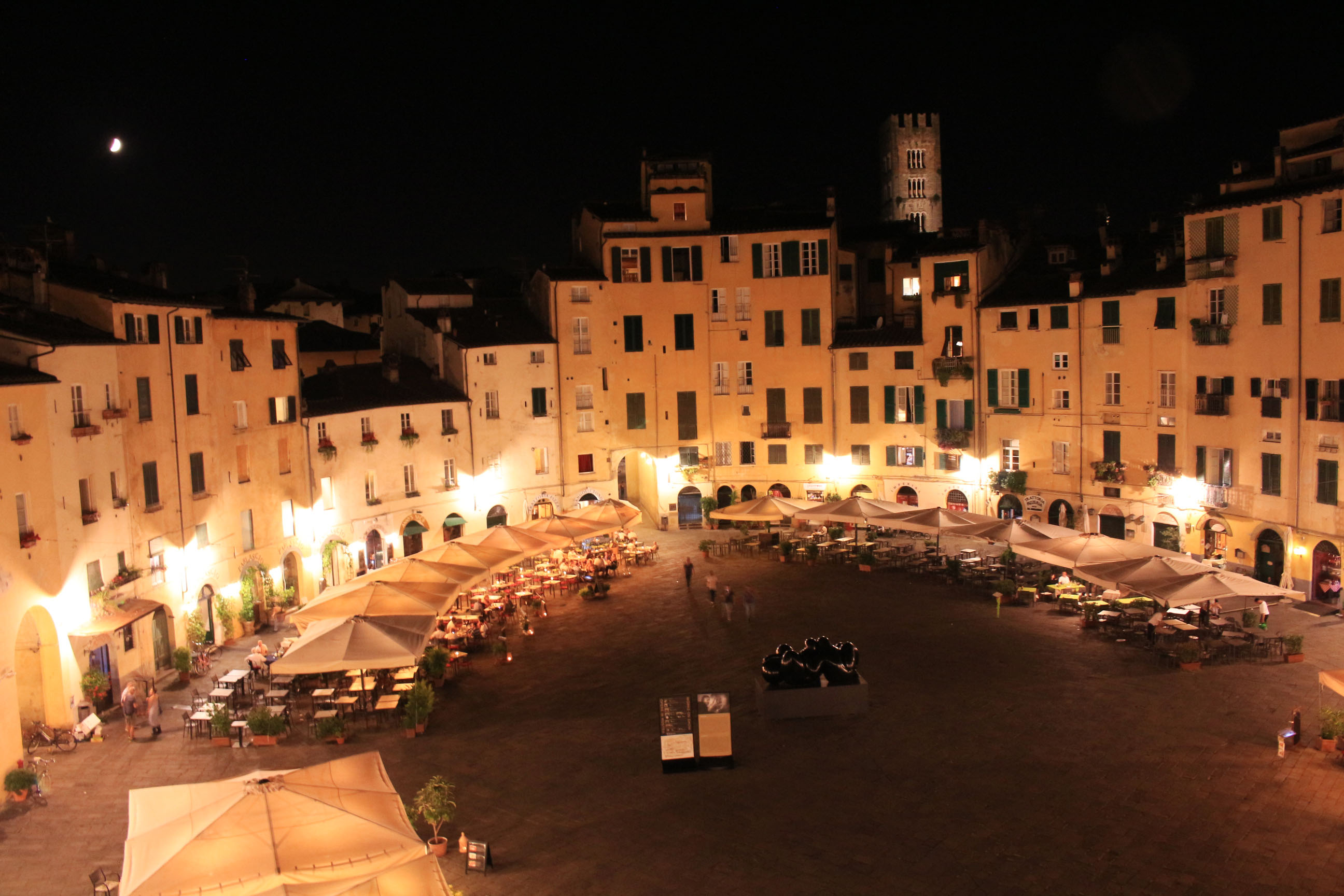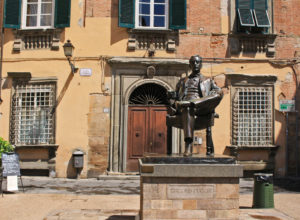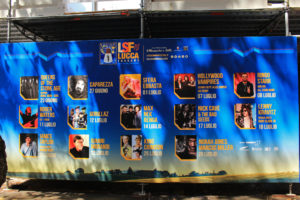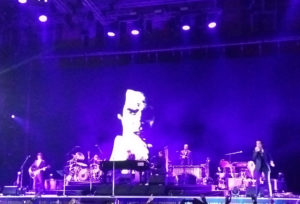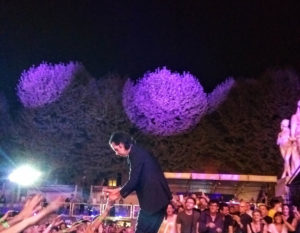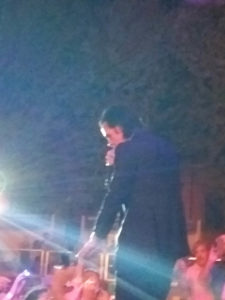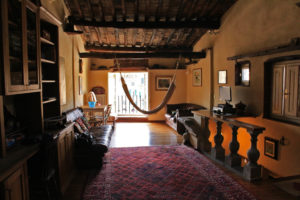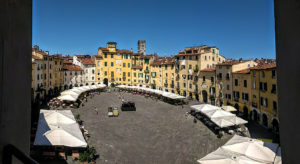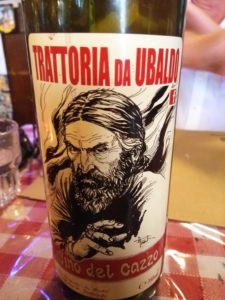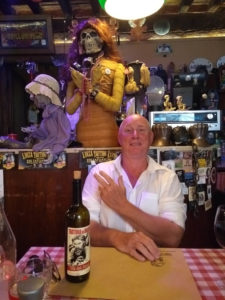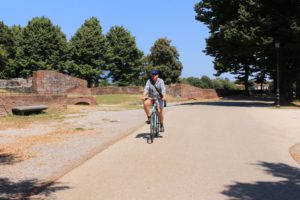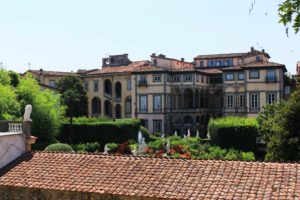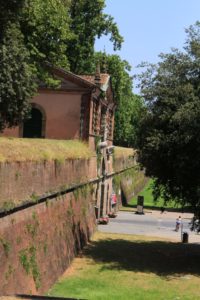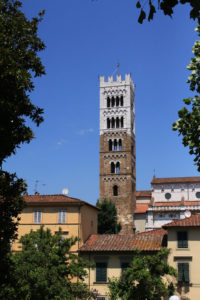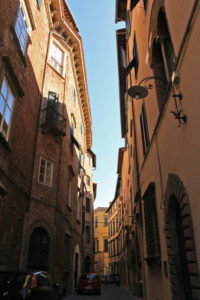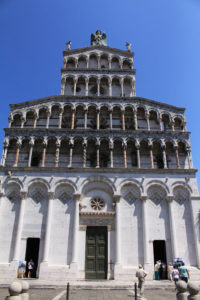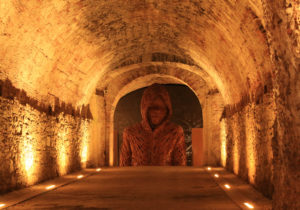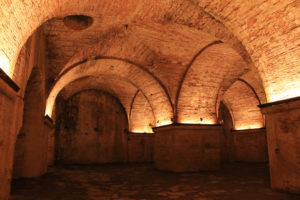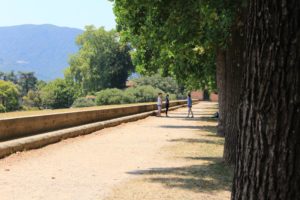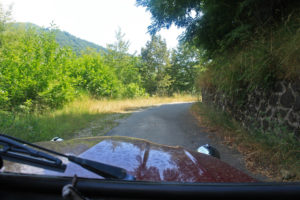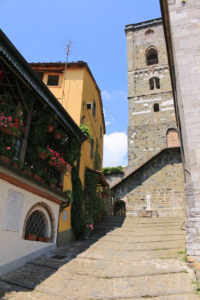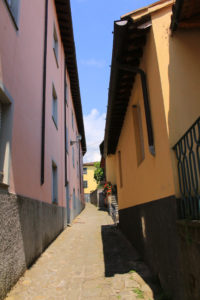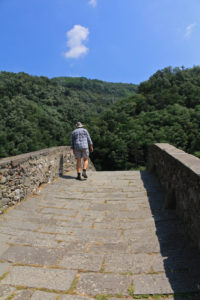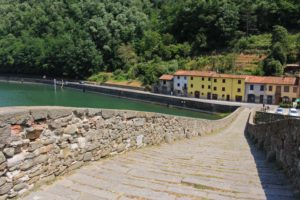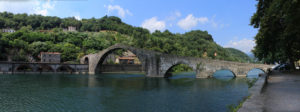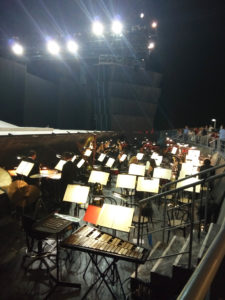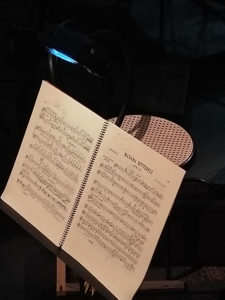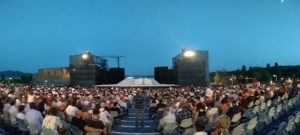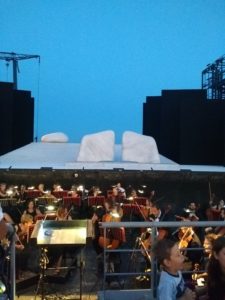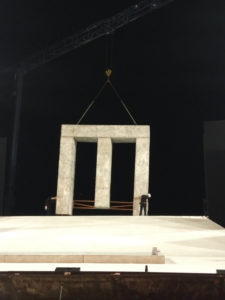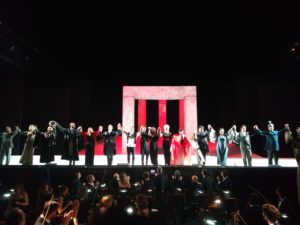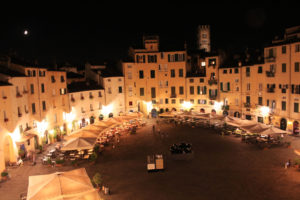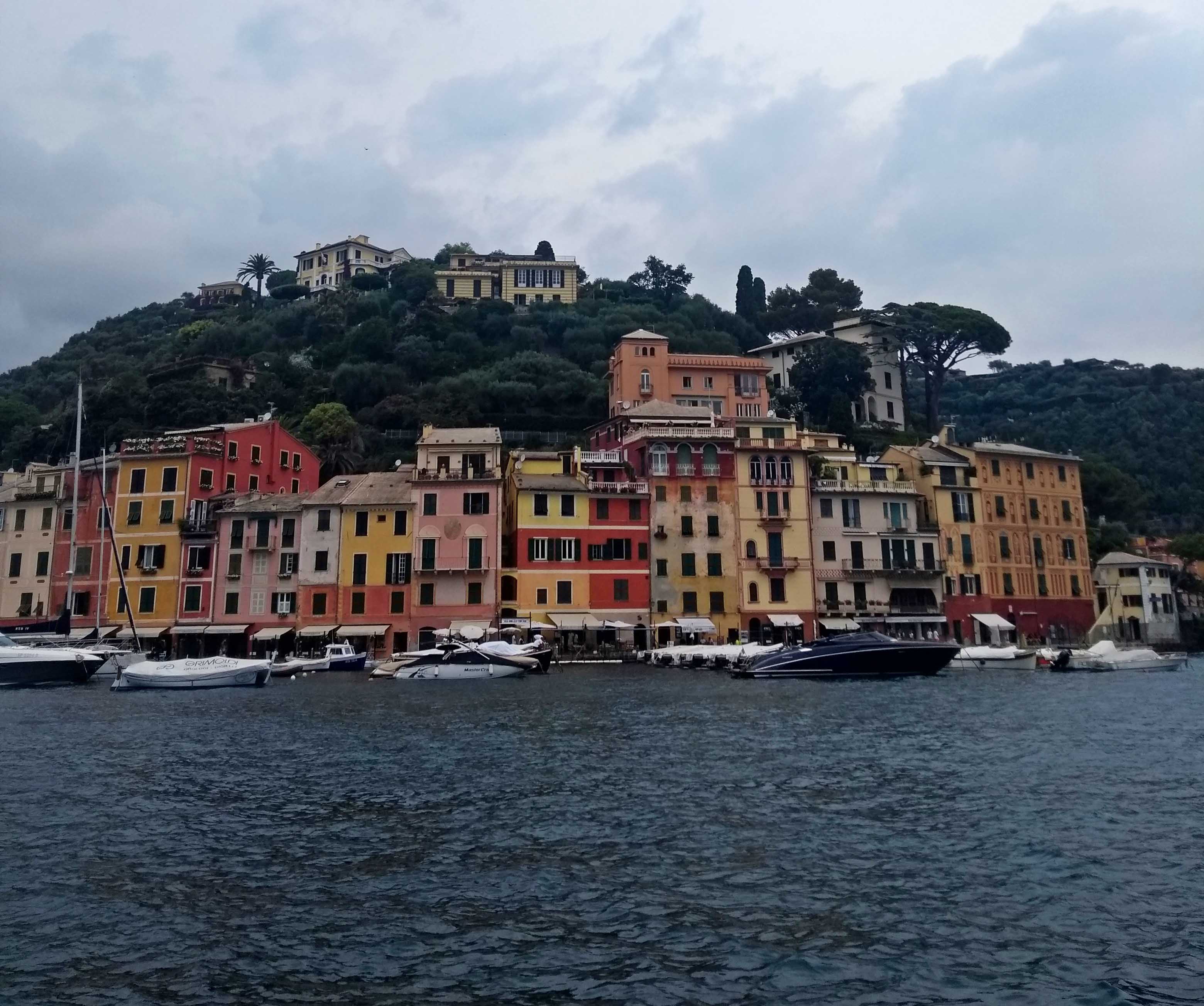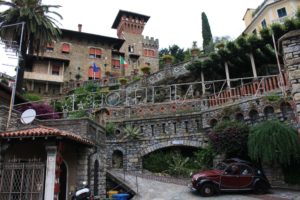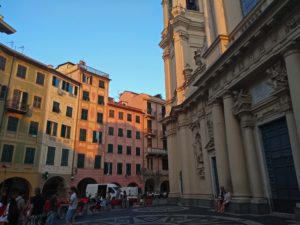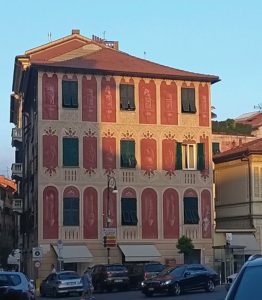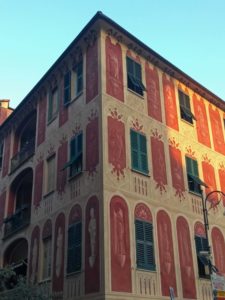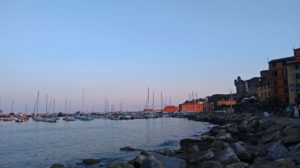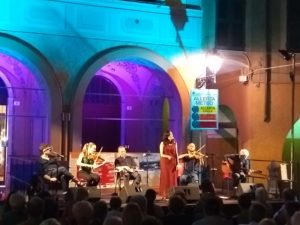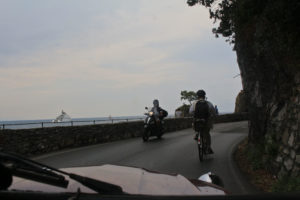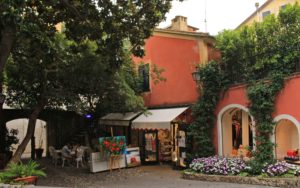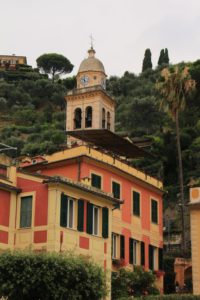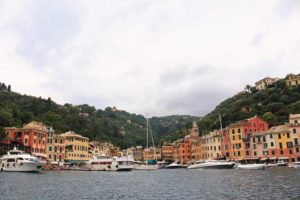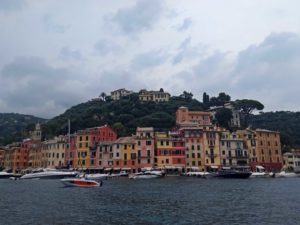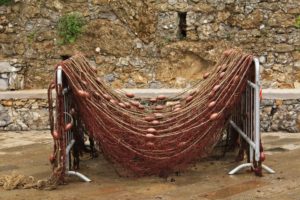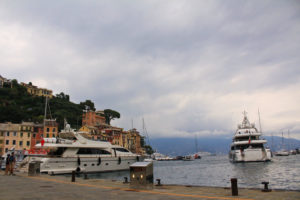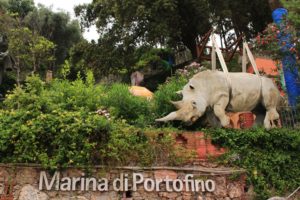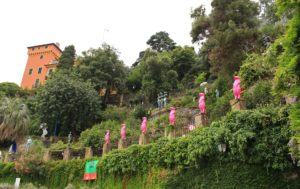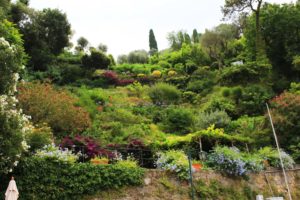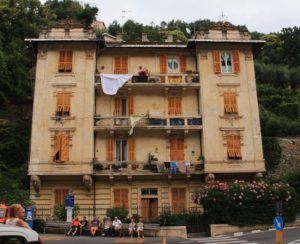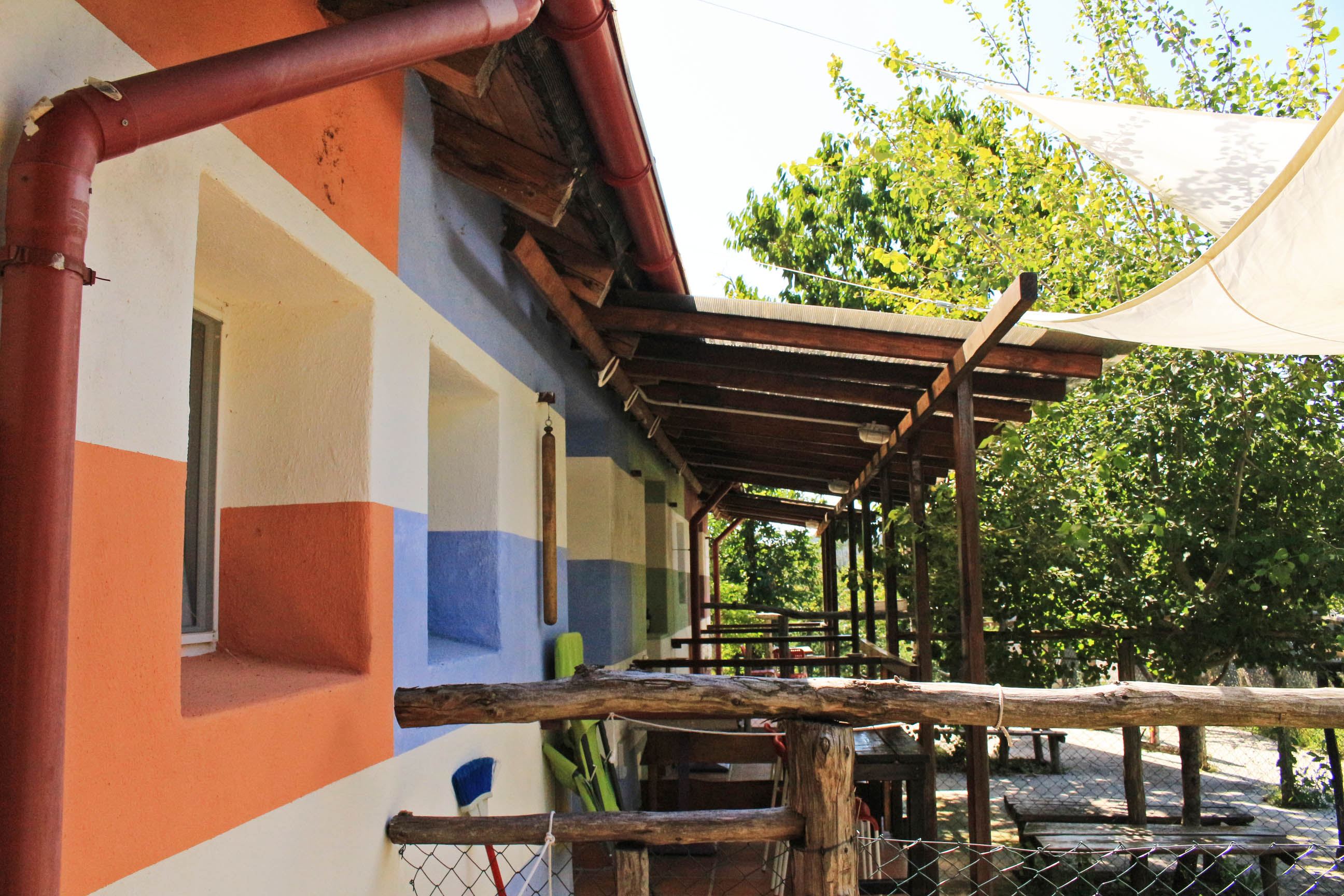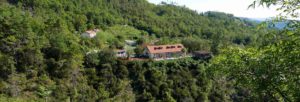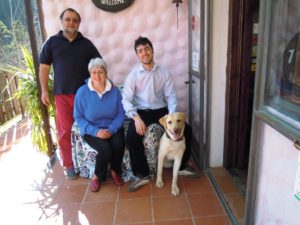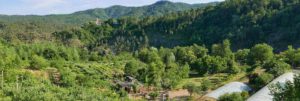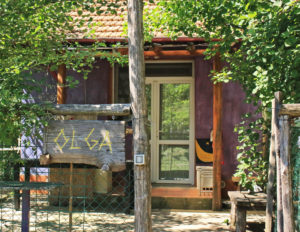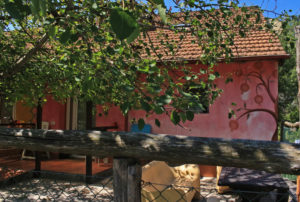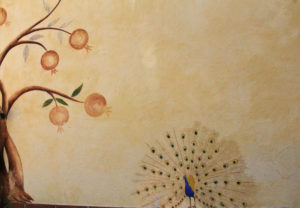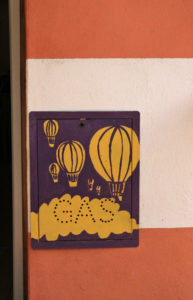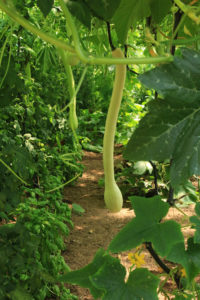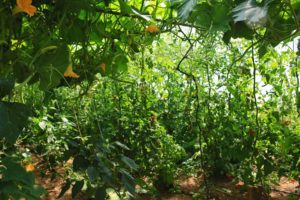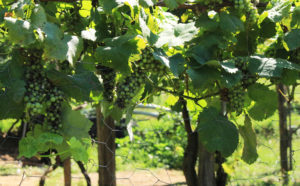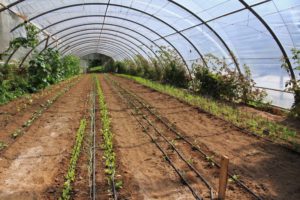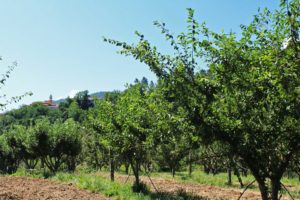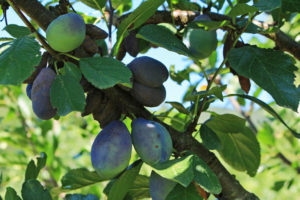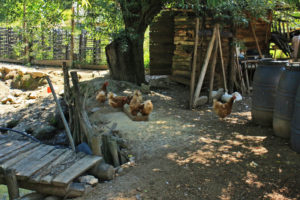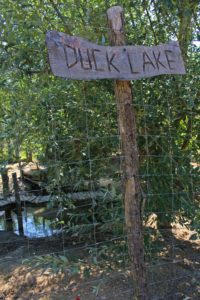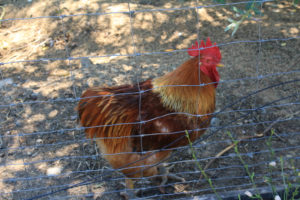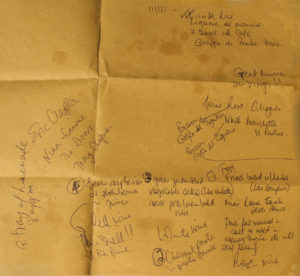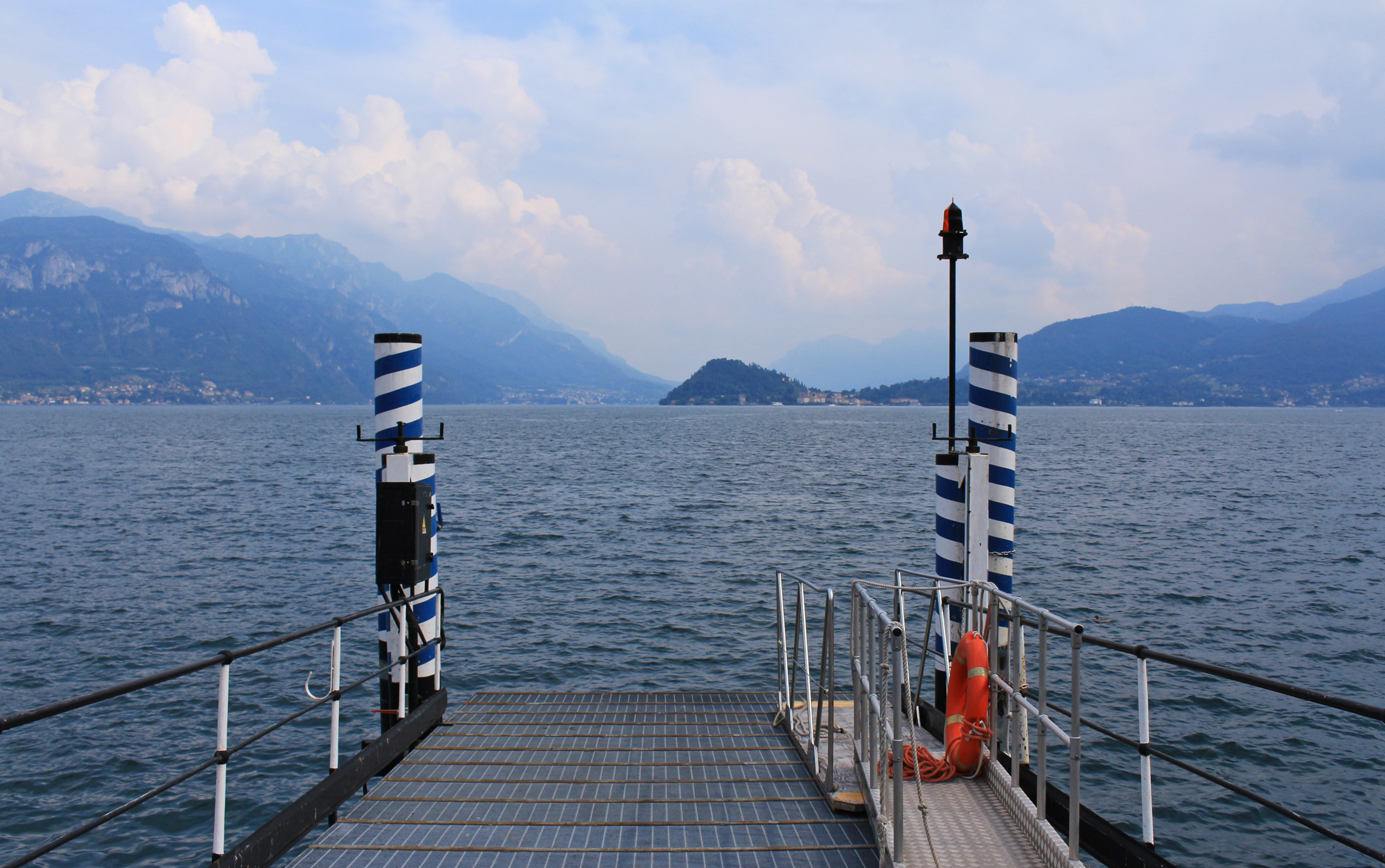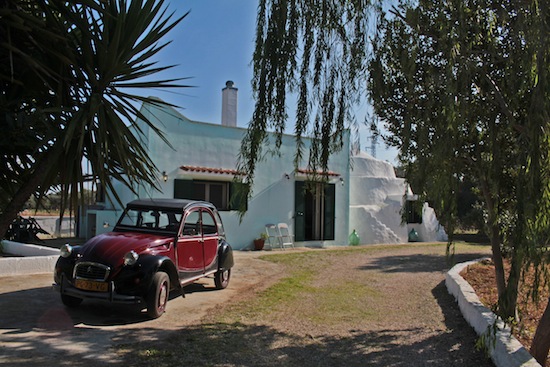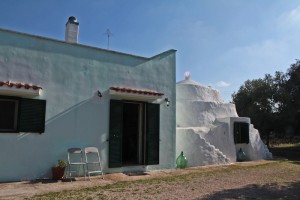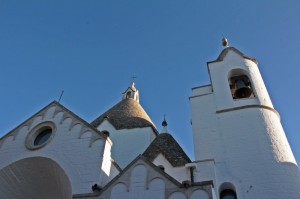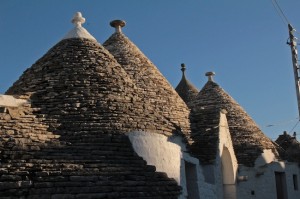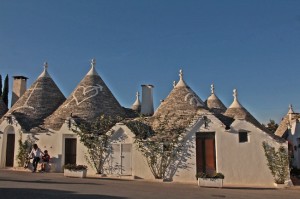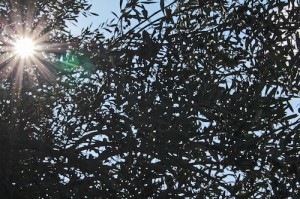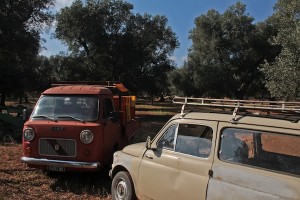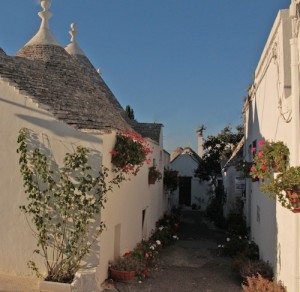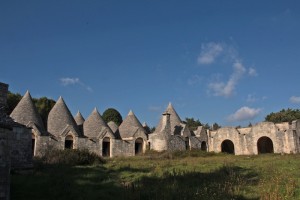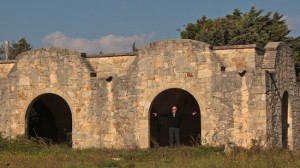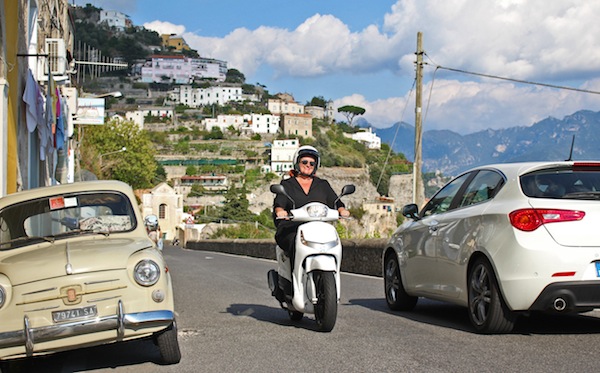We discovered Lucca on our last European tour and we were excited to come back – for a double celebration.
Our first visit was purely accidental, just after Charlie’s breakdown. We were delighted to stumble upon the warm honey-coloured walls surrounding the town, dine on a sumptuous lunch in the Piazza dell’Antifeatro, and generally fall in love with the birthplace of Puccini.
Lucca is one of the few remaining intact medieval walled towns in Europe, steeped in history as well as art. It also has a fantastic annual Music Festival as well as a Puccini festival and it was to these we were heading.
We were there to see Nick Cave and the Bad Seeds at the Music Festival and a performance of Madam Butterfly at the Puccini Festival – a most fantastic Christmas gift from Geoff. The Lucca Music Festival is where all the cool cats play….
so of course, our Amsterdam friends Johan and Dorte Kuin were also there for Nick Cave and we were not disappointed! It was a great outdoor performance – hot, humid, full of passion and great music.
and when God is in the House (a reference to a Nick Cave Album), you had better stand up …. listen to Johan’s video to the end to know what we mean!
We were staying in a fabulous airbnb overlooking the Piazza dell’Anfiteatro.
In the days between the Nick Cave gig and Madam Butterfly, we explored the city. The restaurant at the bottom of the steep steps to our apartment was owned and run by a heavily tattooed and pierced, but charming man Urbaldo. His style was more gothic than roman!
As well as the lovely buildings of the town, you can cycle the full 4km circuit on top of the intact walls and explore the ancient city defences below.
We found cafes to chill in atop the walls and striking art exhibitions in the caverns cellars below.
We watched the world go by and listened as young operas singers practise their art among the trees. We wondered if we would be seeing them on stage in the coming days.
Beyond the city walls are still green fields and also other hilltowns to explore. We went exploring – which on some days took longer than others, thanks to a GPS taking our instructions very literally!
We were unconvinced at the claims of Coreglia Antelminelli to be the prettiest town in Tuscany, although it was still very lovely…..
but could easily see why the Devil’s Bridge got its name.
And then it was time for Madam Butterfly. The venue is Torre del Lago a nearby town, by Lake Massaciúccoli, the place Puccini retired to, thought was pure paradise and of it once famously said : “I would like to come here and listen to one of my operas in the open air”.
We got to realise his dream on a warm Tuscan night a century later, with front row seats to watch the performance.
It was magical. The set design was about as sparse as it can get – in stark contrast to the normal Butterfly sets full of cherry blossom and Japanese pagodas.
It was also the first version we’ve seen where the crane is a mechanical, not feathered!
But the very different setting did not detract from the beauty of the music.
We came home and toasted our good fortune once again under the moonlit Piazza.
Lucca was lovely the first time around and gave us many fond memories to treasure. Our second visit was even better and Lucca will always have a special place in our hearts.

